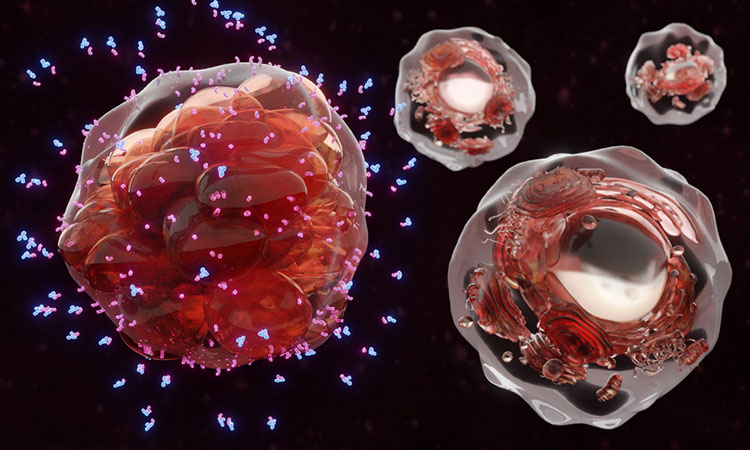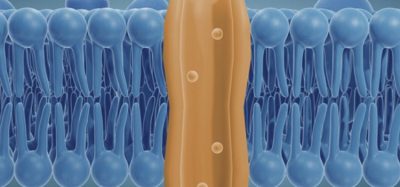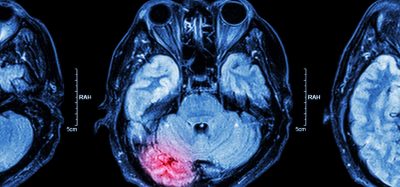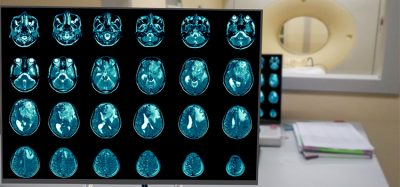Blocking the IL-6 receptor to protect tissues from CRS
Posted: 18 January 2024 | Drug Target Review | No comments yet
The new study’s findings suggest that CRS can be treated with an IL-6 receptor antibody that has a short half-life.


Scientists from Osaka University have found a way to block IL-6 signals to protect tissues from a cytokine storm, known as cytokine release syndrome (CRS), while minimising treatment side effects. These findings have potential for providing an alternative therapeutic approach to patients with conditions such as sepsis, acute respiratory distress syndrome (ARDS), COVID-19 infection, ischemia, traumatic injuries and some cancer immunotherapies.
Cytokines, chemical messengers that help the body to remove invading bacteria and viruses, and control inflammation, are carefully balanced by the body as they help keep the immune system healthy. However, this balance is upset if the immune system overreacts. An overreaction can be caused by serious infection or a severe burn, unleashing CRS in the body. During a cytokine storm, the body produces too many cytokines, leading to life-threatening inflammation.
Interleukin-6 (IL-6) is a crucial cytokine in this process because it helps to drive the inflammation that damages the body. IL-6 delivers its message by fastening to IL-6 receptors within cells, which tells the cells to spread inflammation. Therefore, treatments that block the IL-6 signal can relieve inflammation, yet this blocking tends to be long-lasting which results in side effects.
The research team have discovered a way to block IL-6 signals while minimising treatment side effects. The inflammatory signal was interrupted using an antibody that blocks the IL-6 receptor for only a short time. The brief interruption was long enough to protect the tissues against injury from CRS caused by sepsis or severe burns.
“Our results suggest that CRS can be treated with an IL-6 receptor antibody that has a short half-life”
Lead author of the study Dr Sujin Kang explained: “Our results suggest that CRS can be treated with an IL-6 receptor antibody that has a short half-life…This can prevent vascular damage and at the same time reduce the side effects associated with blocking IL-6.” Vascular damage occurs when an infection or burn causes the cells that line the inner surface of blood vessels to become leaky. The leaking fluid initiates CRS and can cause a secondary infection.
Also, the researchers reported a possible mechanism for this damage to cells. When IL-6 binds to its receptor it activates a protein called hypoxia-inducible factor-1α (HIF1α), which amplifies inflammation.
“We found that blocking the IL-6R–HIF1α signal strengthened vascular endothelial cells and improved vessel integrity. This helped to prevent leakage from the vessels and relieved the inflammation caused by CRS,” concluded Dr Tadamitsu Kishimoto.
“We hope this will help patients suffering from CRS and other inflammatory diseases in the future.”
This study was published in the Proceedings of the National Academy of Sciences (PNAS).
Related topics
Cytokines, Drug Targets
Related conditions
Acute Respiratory Distress Syndrome (ARDS), Covid-19, Cytokine-release syndrome (CRS), immunotherapy, ischemia, Sepsis, traumatic injury
Related organisations
Osaka University








